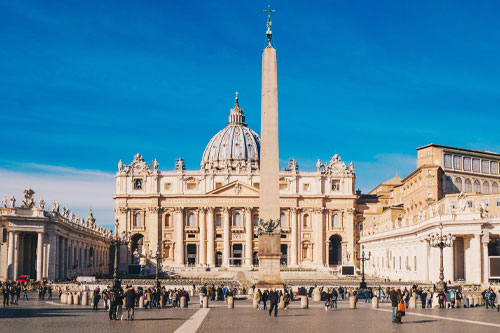Description
Although best known for its Roman remains visible today, dating from AD 79, it was built upon a substantial city dating from much earlier times – Oscans, Greeks, Etruscans. Pristinely preserved under the ash—the excavated city offers a unique snapshot of Roman life, frozen at the moment it was buried. It was a wealthy town, with a population of ca. 11,000 in AD 79. It comprised many fine public buildings and luxurious private houses with lavish decorations, furnishings, and works of art, which were the main attractions for the early excavators.



